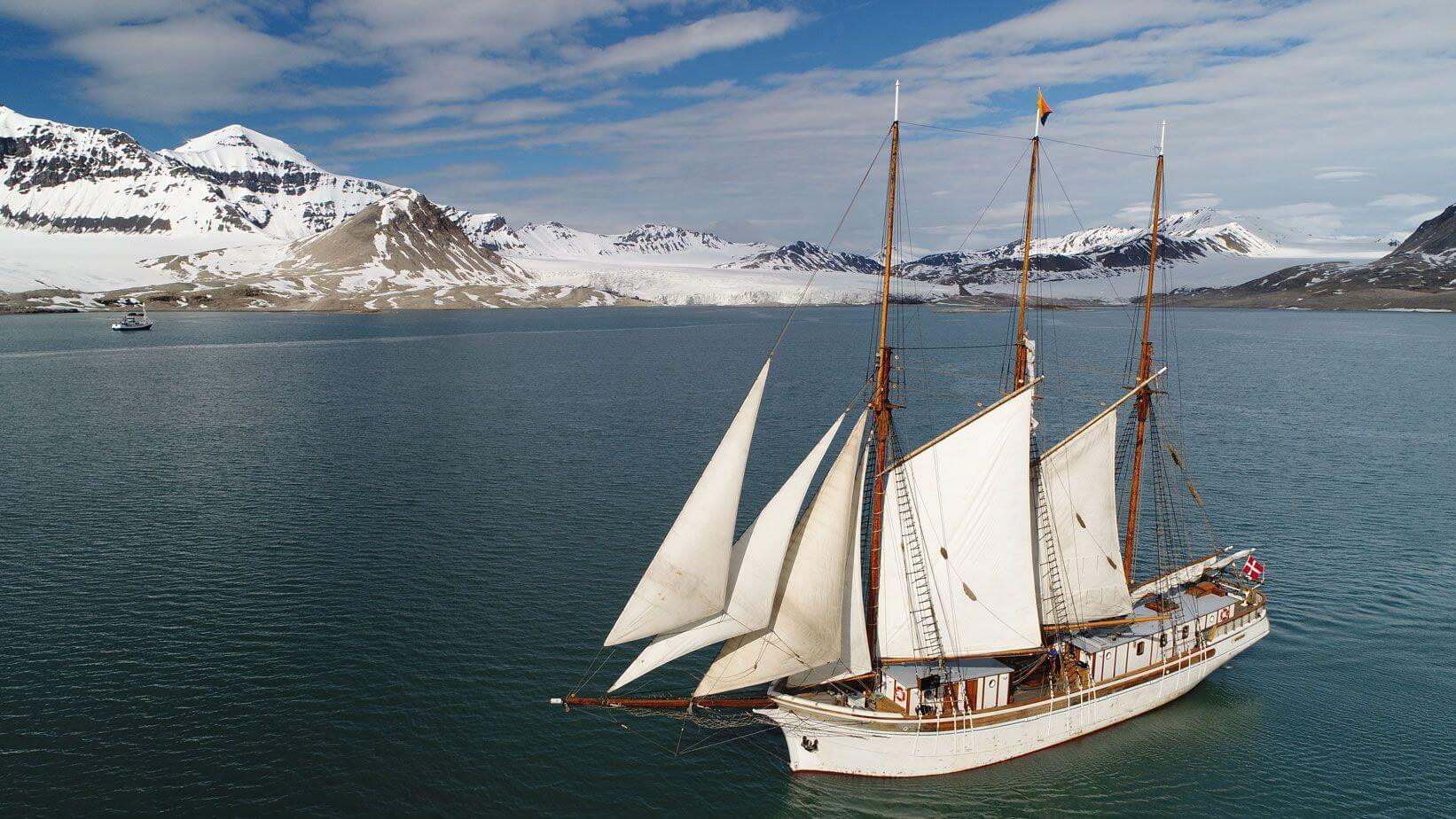Polar Diving Expedition
Spitsbergen Beneath the Surface
By Courtney Mattison for Mission Blue
SCUBAPRO is a proud sponsor of Mission Blue. The organisation recently completed a Hope Spot expedition in Spitsbergen. Read on to learn about their arctic adventure.
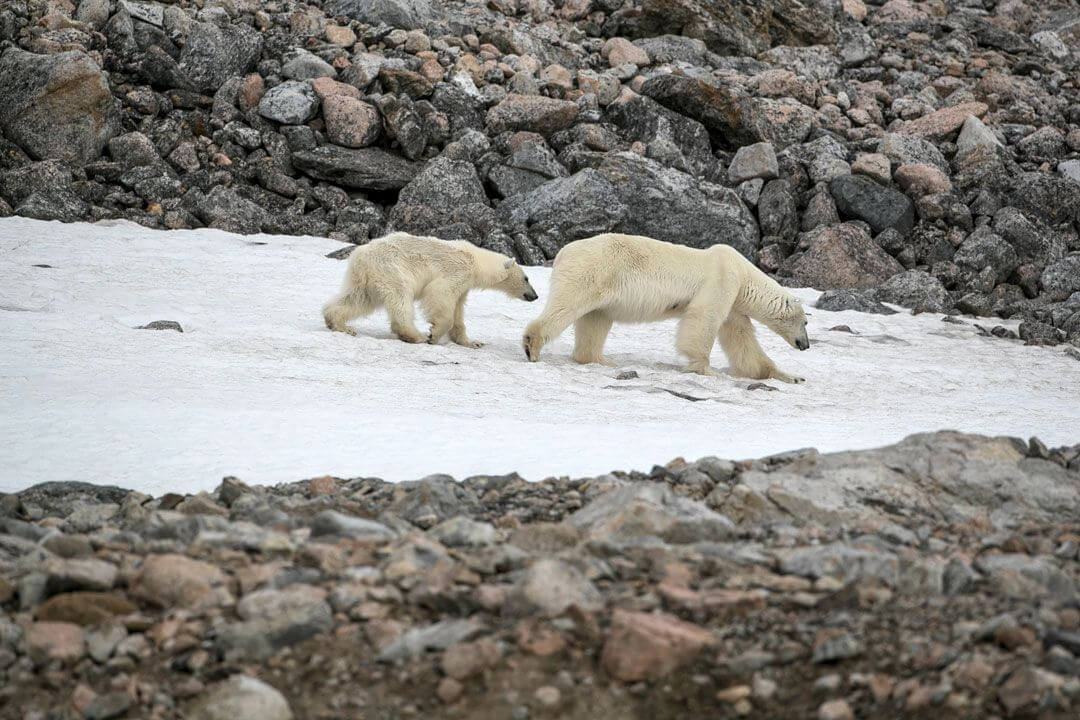
Imagine rolling backwards off an inflatable boat into icy Arctic waters… on purpose. Enveloped in protective gear, you stay mostly dry as the cold sinks into your body and you descend into the frigid depths below.
“The first thing that hits you is just the shock of the cold,” says Dr. Helena Reinardy, Associate Professor of Ecotoxicology at The University Centre Svalbard (UNIS) and member of the Longyearbyen Dive Club. She continues, “You think, I've got to get out right now!… But then you very quickly get used to it.”
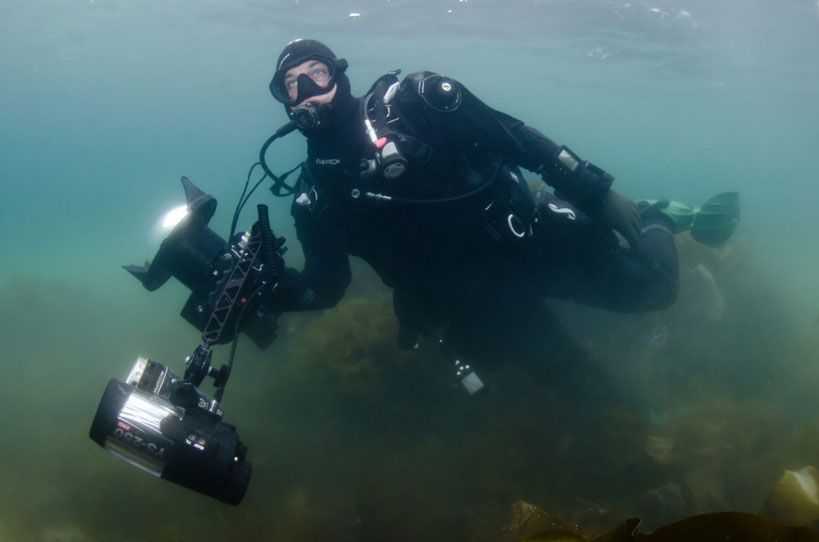
Beneath the waves, you find yourself immersed in planktonic life, including some surprisingly large zooplankton—pulsing golden green jellies the size of marbles, skittering shrimplike amphipods and graceful sea angels (Clione limacina). Blades of kelp glitter past your scuba mask as you look to the algae-covered rocks below, where mussels, shrimp, crabs and other invertebrates dwell. If you’re lucky, you’ll spot a plump harbor seal (Phoca vitulina ssp. vitulina) gliding by to check you out.
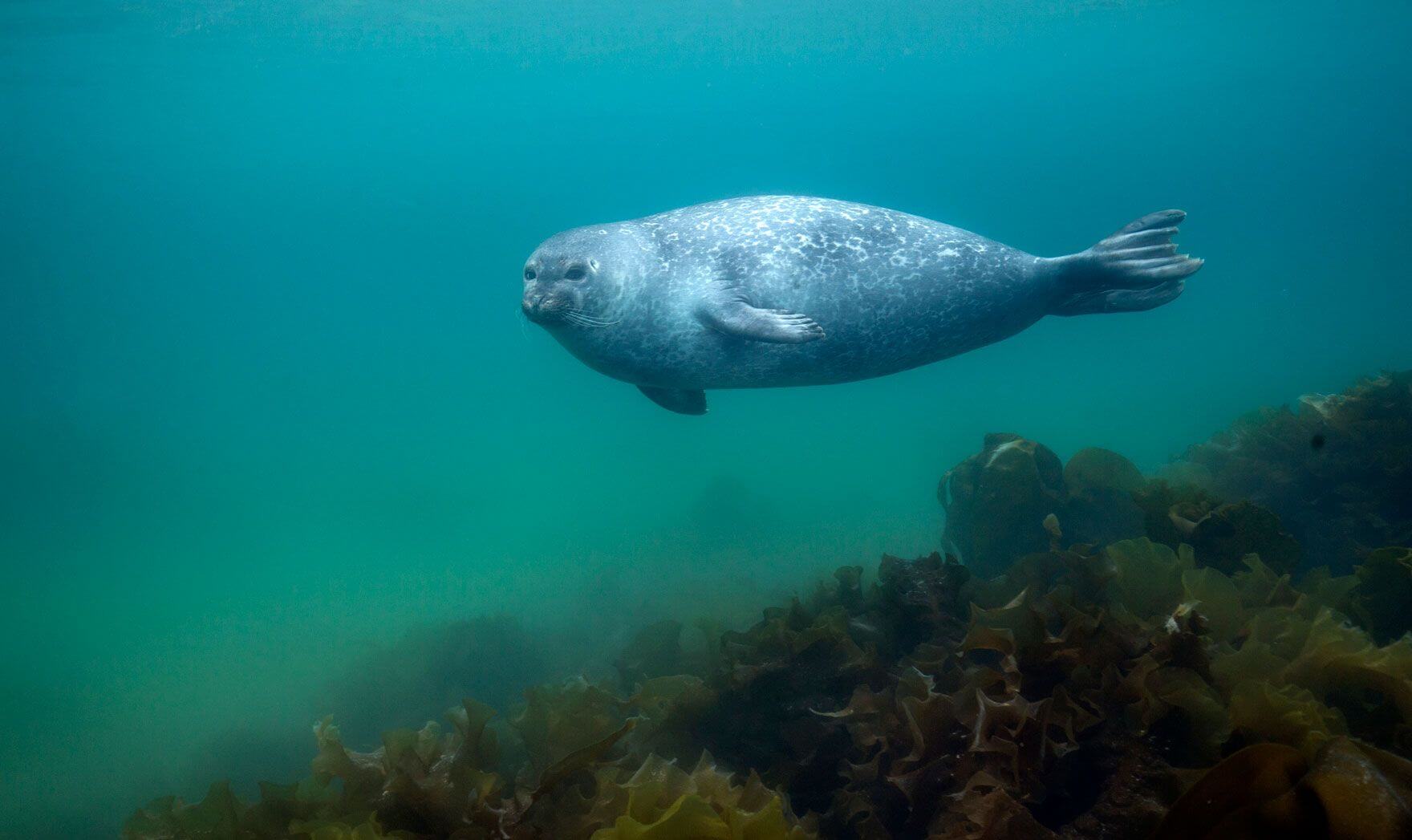
The dive team experienced all of this and more in June on Mission Blue’s latest Hope Spot Expedition to the Spitsbergen Island Hope Spot—a remote area within the Svalbard Archipelago located nearly equidistant between mainland Norway and the North Pole—sponsored by French luxury skincare brand, Biotherm. Kip Evans, Mission Blue Director of Expeditions and Photography, encountered some curious harbor seals while scuba diving in a small bay close to 80° north latitude:
I got in… and just kind of floated around on the surface, and the harbor seals were immediately all over me, coming up to me. I'm sure it's one of the very few times they've ever interacted with someone in the water. And they would come zipping by at 20 miles and hour and then stop on a dime and look me right in the face, and then they would continue on. The thing about harbor seals, as compared to other marine mammals I've been with in the water, is they are truly underwater acrobats. And similar to sea lions, they come and they twist and they turn and are just so agile. And I feel like a clumsy clown when I'm in the water with them because they are just incredibly graceful.
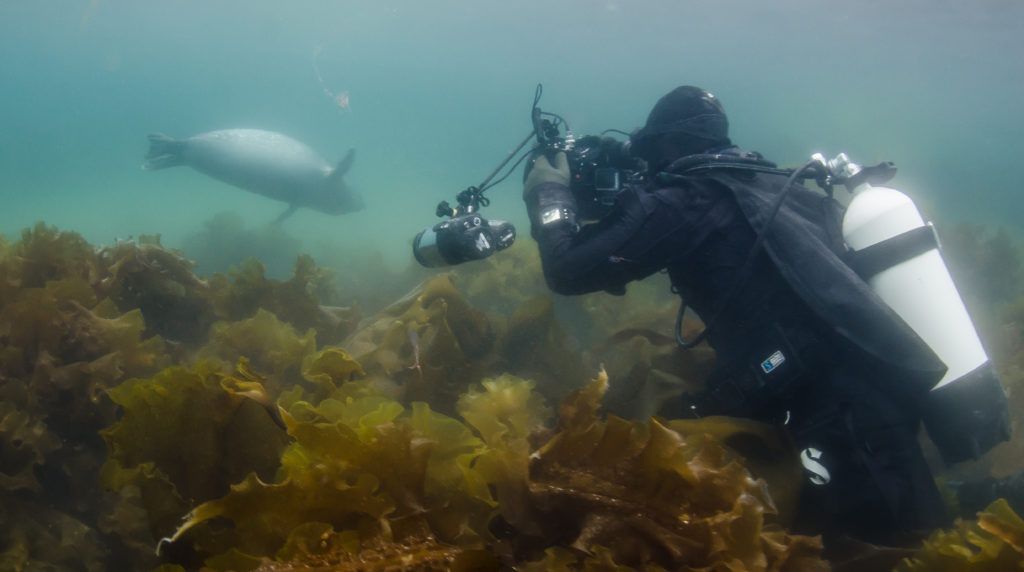
While Evans has logged thousands of hours underwater all over the world, these were his first dives at this high latitude. He was glad to be accompanied by Peter Leopold, a PhD Candidate in the Department of Arctic and Marine Biology at UiT The Arctic University of Norway in Tromsø, who is an experienced ice diver. “What I like the most about diving in the Arctic, and around Svalbard in particular,” says Leopold, “is being able to see the untouched, sometimes even uncharted underwater world with my very own eyes.” He continues:
A lot of the places that we visit haven't been dived before, so it always feels a bit like doing exploration; the chance to see something special is always there. But what strikes me the most is, on shore, all you see is bare rock, mountains, snow and ice. However under water, every single square centimeter is covered with marine life in the most beautiful colours. People wouldn't believe it before they see it with their own eyes.
The colours and morphology of invertebrate life in the kelp forest impressed Evans as well. He recalls seeing bivalves and various crustaceans “wedging themselves into cracks and crevices and attaching themselves to the rocky substrate” and noted the impressive algal biomass:
When you're bobbing up and down in the raft on the water near shore, you're looking at these grand vistas, these mountains, these rocky shorelines. Of course, you expect them to continue down into the water column. But it's interesting when you get under there, you know, the first thing you notice is the abundance of plant life, of algae.
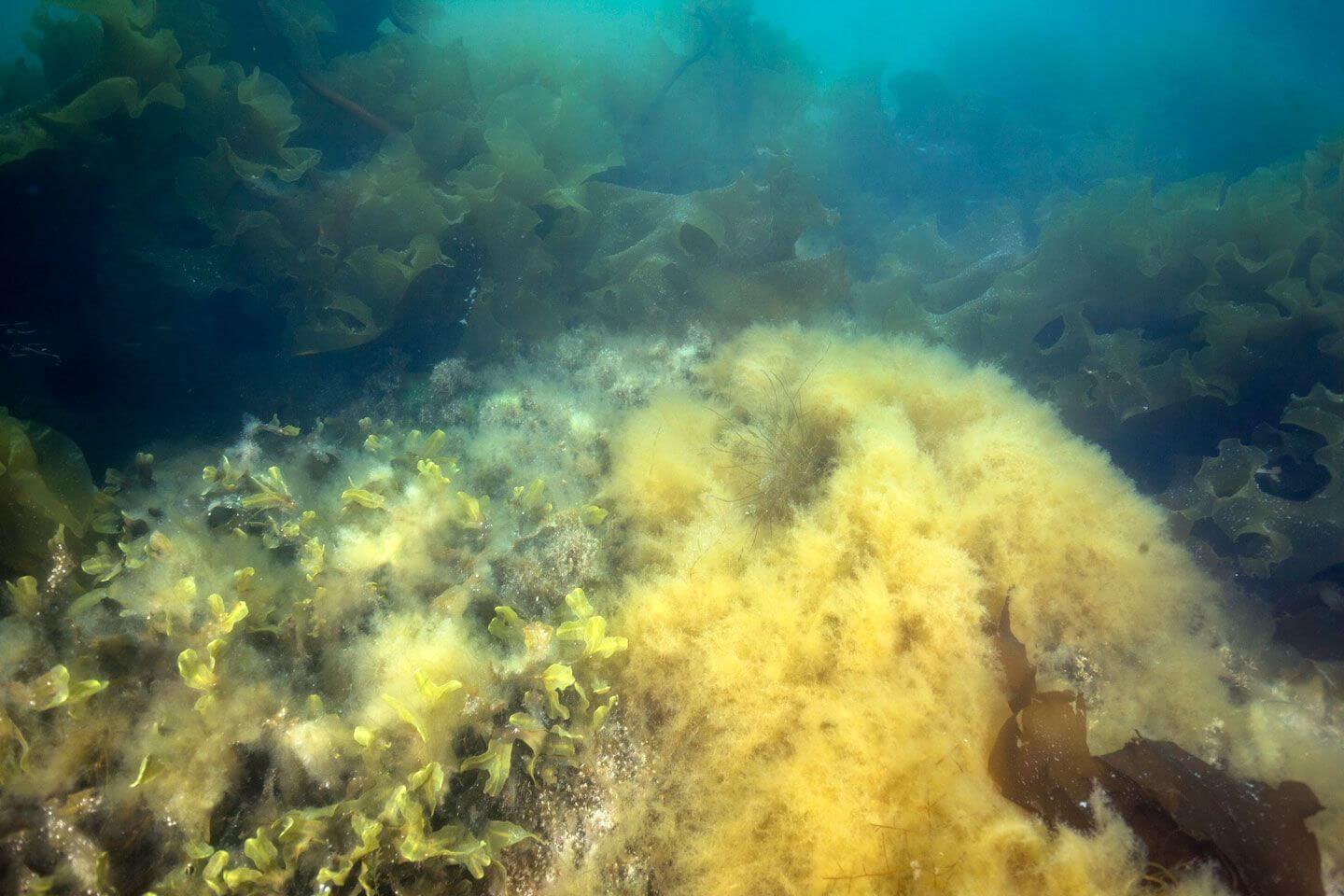
Kelp and other algae historically have been abundant in the waters surrounding Spitsbergen, sustaining a diverse invertebrate community and playing a key part in the food web. They continue to have an important role today, but as with many other aspects of this delicate ecosystem, their abundance and distribution are being impacted by climate change. Kelp forests like the one Evans and Leopold observed have begun to shift as global warming reduces land-fast sea ice. Kelp species such as Laminaria digitata now proliferate in shallower waters where ice formerly prevented them from taking hold. This shift may mean shallower habitat for invertebrate species that are important food sources for species on higher trophic levels, like walrus (Odobenus rosmarus) which forage from shore, but impacts from these sorts of ecosystem disruptions are complex and difficult to predict.
The Mission Blue Expedition Team partnered with Polar Bears International and other science and policy experts including Leopold to observe and document the impacts of climate change in the Spitsbergen Island Hope Spot aboard the S/V Linden. As a Mission Blue Hope Spot Expedition led by Kip Evans and Mette Eliseussen, Manager and Expedition Leader for Arctic Voyagers at Basecamp Spitsbergen, this voyage was designed to create awareness, foster partnerships and ignite broad public support for a global network of marine protected areas, or “Hope Spots.” Mission Blue inspires action to explore and protect the ocean. Scuba diving is an important part of our work—even in freezing cold waters—so that we can share the view underwater and inspire people to protect the ocean, the blue heart of the planet.

In order to ensure a successful expedition, Evans spent many months corresponding with guides and divers in Spitsbergen. “Not only am I overseeing the expedition,” he says, “but I'm also making sure that we're creating and obtaining content that we can use to inform the public about the Arctic.” It’s important, he says, to create “underwater content that’s disseminated to the public so that they can learn and become engaged in issues and Hope Spots.”
Evans also worked closely with Mission Blue sponsor ScubaPro to make sure that he had the appropriate gear to conduct safe and productive dives in the Arctic. None of this in-person exploration would be possible without specialized gear designed for the extreme conditions of polar diving. Water conducts heat away from the body 25 percent faster than air, and in water between 34-36 °F (1-3 °C) like what our team experienced, heat loss from exposure can lead to death in under an hour, even with protective gear. Without any protection, the human body undergoes a cold shock response and begins hyperventilating immediately upon entering freezing water. Risk of drowning increases notably during the course of this response, which generally subsides after a few minutes. Blood moves to the core of the body to protect vital organs, causing muscle weakness and loss of coordination within ten to 20 minutes in 41°F (5°C) water.
It was extremely cold (near freezing) and my Evertech Drysuit did a good job keeping me warm and most importantly, bone-dry on every dive. It’s simply the most comfortable drysuit I’ve ever owned. It’s rugged construction makes all the difference in extreme conditions like the Arctic. All the professional touches are greatly appreciated every time I wear it.
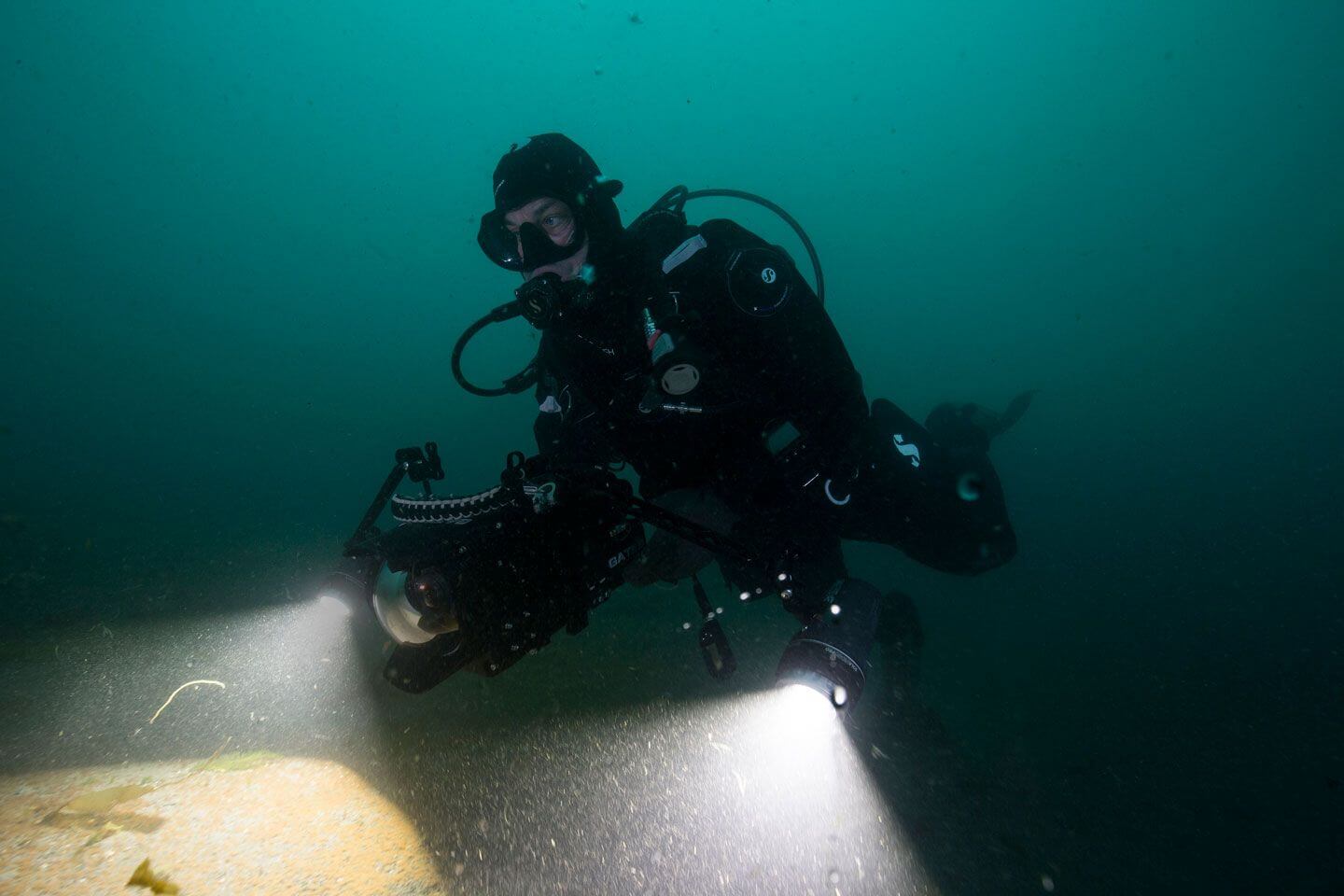
To make things worse, freezing temperatures can cause normal scuba regulators to free-flow. "We operate in a buddy team so that if we get into trouble the other one helps,” says Peter Leopold. He continues:
It's… a very important safety precaution. You always are two divers together and you stay within sight and watch what the others do. And then we have a lot of equipment for coldwater diving. So we have regulators that hopefully won't freeze.
Evans was diving the A700 Carbon BT with a MK25 Evo first stage. He notes: "It’s light-weight design is so nice for travel, but this regulator feels tough and breaths effortlessly. It’s the perfect combo for me!"
A few of his other favorite SCUBAPRO products are the G2 and G2C dive computers and Seawing Nova Gorilla Fins.
The G2 is simple to use and easy to ready. I love the color screen and the smaller footprint that doesn’t get stuck in my BCD like larger wrist computers. The Gorilla fins are becoming my favorite pair of fins as their light weight design is prefect for travel, but still tough enough to get through ripping currents with camera gear in tow.
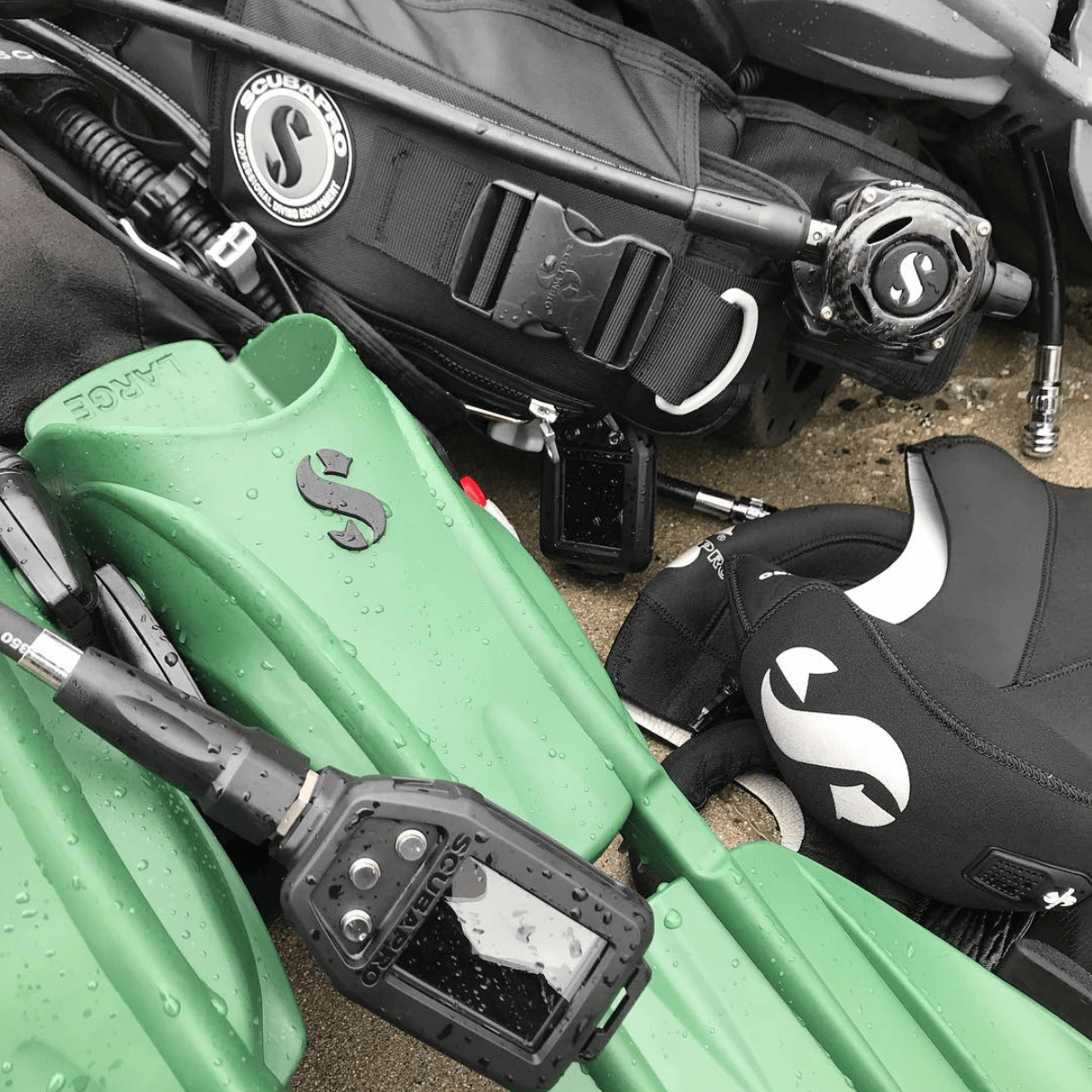
Polar divers like Evans, Leopold and Dr. Reinardy suit up in layers of warm undergarments and a special drysuit with silicone seals around their neck and wrists before donning hoods, gloves and dive gear. Evans wore a new suit by ScubaPro called the Evertec made of tough breathable nylon. “Unlike dry suits of the past,” he says, “dry suits today are very comfortable. They are made with tough materials that allow your body to flex and bend, which is a huge help when you need to move quickly to shoot [photos] underwater.”
Dr. Aleksey Shestov, PostDoc in the Arctic Technology Department at The University Centre in Svalbard, runs the Longyearbyen Dive Club and explained polar diving while giving our team a tour and outfitting Evans and Leopold with tanks and safety equipment for the expedition. He explained that the local government supports the dive club, which gives back to the community. "Diving here in Longyearbyen is quite exotic and hard to reach,” he says, “so many are attracted by this to come here and dive… It's cold, dangerous and fun.”
Want to learn more about the expedition and climate change? Read here.
